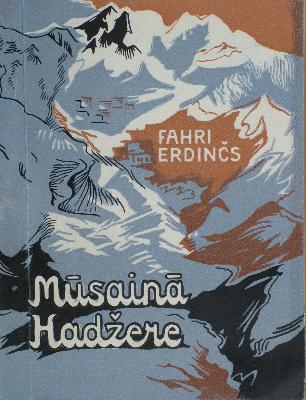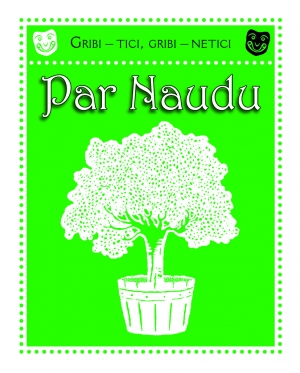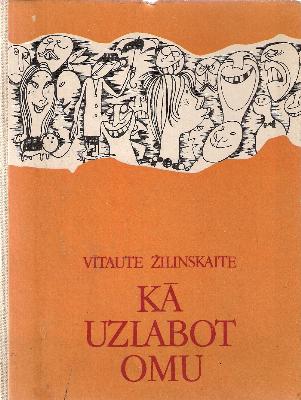Writer Niedra Aīda (real name Ida Niedra, married to Salmiņa) was born on March 23, 1899, in Āži pub, Tirza parish, in a pub family.
From 1908 studied at Tirza Parish School and Parish School, 1913. -1915.g. Uttendorf private gymnasium in Madona, 1919. graduated from Neija Secondary School in Cēsis. 1919 - 1932 worked in the Riga Magistrates' Court. After that, he worked only in writing.
1944 emigrated to Germany, settled in Esslingen. 1949 moved to the United States - lived in Salem, Corvallis, Eugene, San Francisco, Hollywood, suburban Los Angeles.
Poetry began during the school years. The first published poem "Tad ..." in the newspaper "Latvijas Kareivis" in 1920. In Latvian poetry, he was the first to write confidently and artificially about erotic love. In the collections of poems "Eros Eleges" (1924) and "Singer" (1935), a vital, poetic view related to Latvian nature captures a woman's experiences from the outbursts of sensual passion to the calm, balanced reflection of her mother's love. She has written stories and short stories, which are collected in the collections "Holy Wine" (1928), "Hawks' Nest" (1937), "People of Azanda" (1943).
However, Niedra's main field of activity is the novel. The first expressionist novels "Red Vase" (1927) and "Man with Golden Eyes" (1928) are beginner's works. The novels "Apple of Sin" and "The Fifth Commandment" (both in 1931) depict rural people fascinated by low passions in the genre of criminal novels. The sophistication of style and form is characteristic of the novels "By the Azanda River" (1933), "Salna" (1934), "Ciema spīgana" (1935), "Anna Dzilna" (1936), "Eternal Tale", "Windinde" (both in 1937), "Wife" (1938), "Rust Kristine" (1939), "In the Fire" (1940), "Tempter" (1942), "Maija Purene" (1944).
On the brightly marked natural background of the native region (Tirza, Azanda), the sharp, relief contours of the reed depict the life of Latvian farmers and the intertwining of intimate relations in different eras of history. Niedra continued the theme of Latvian peasants' lives in exile: the novels "Fire over Mount Hill" (1959) depicts the fate of peasants in Soviet Latvia in the post-war years, conceptually expanded in the panoramic novel "Indrānes oši šalc" (1965) Highlighting the prosperity of the Latvian economy after the coup of K. Ulmanis in 1934. During her exile, Niedra has repeatedly solved the complications of the personal lives of her heroes, including temperamental, erotic women, against the background of the colorful life of Riga in the 1920s and 1930s. Such are the novels "Ash of Roses" (1946), "City by the Daugava" (1955), "Hat of Miera Street" (1957), "That Crazy Year of Cavalry ..." (1962. g.). "Encounter at the Opera Cafe" (1967)
Direct observations in Germany and the United States have given impetus and substance to novels about the life of Latvian exiles abroad. In the 2nd part of the novel "Maija Purene" in 1953. (In 1954, the two parts are combined in the book "Three Cainite Women") depicts the departure of the main characters to Germany at the end of World War II. Passionate woman's conflicts with herself have been resolved in the novels "Black Poppy" (1956), "Pearl Major's Friend" (1958), "Golden Gate City" (1959), "Woman with Red Thorns" ( 1961). "Hollywood Clown", "Bride and Wife" (both 1963), "Three Seekers of Happiness" (1966), "Europe Again" (1968), "Adam and Eve" (1971) .) u. c. In exile, she has also published a collection of stories and short stories "Palm of the World" (1952; 1966 entitled "Forest Maiden"), together with her son Andrievs Salmiņš (1932-1978) he has written a collection "Black Plums" at the red lips "(1964).
He died on November 23, 1972 in Santa Monica, California, USA, and was buried there.




























